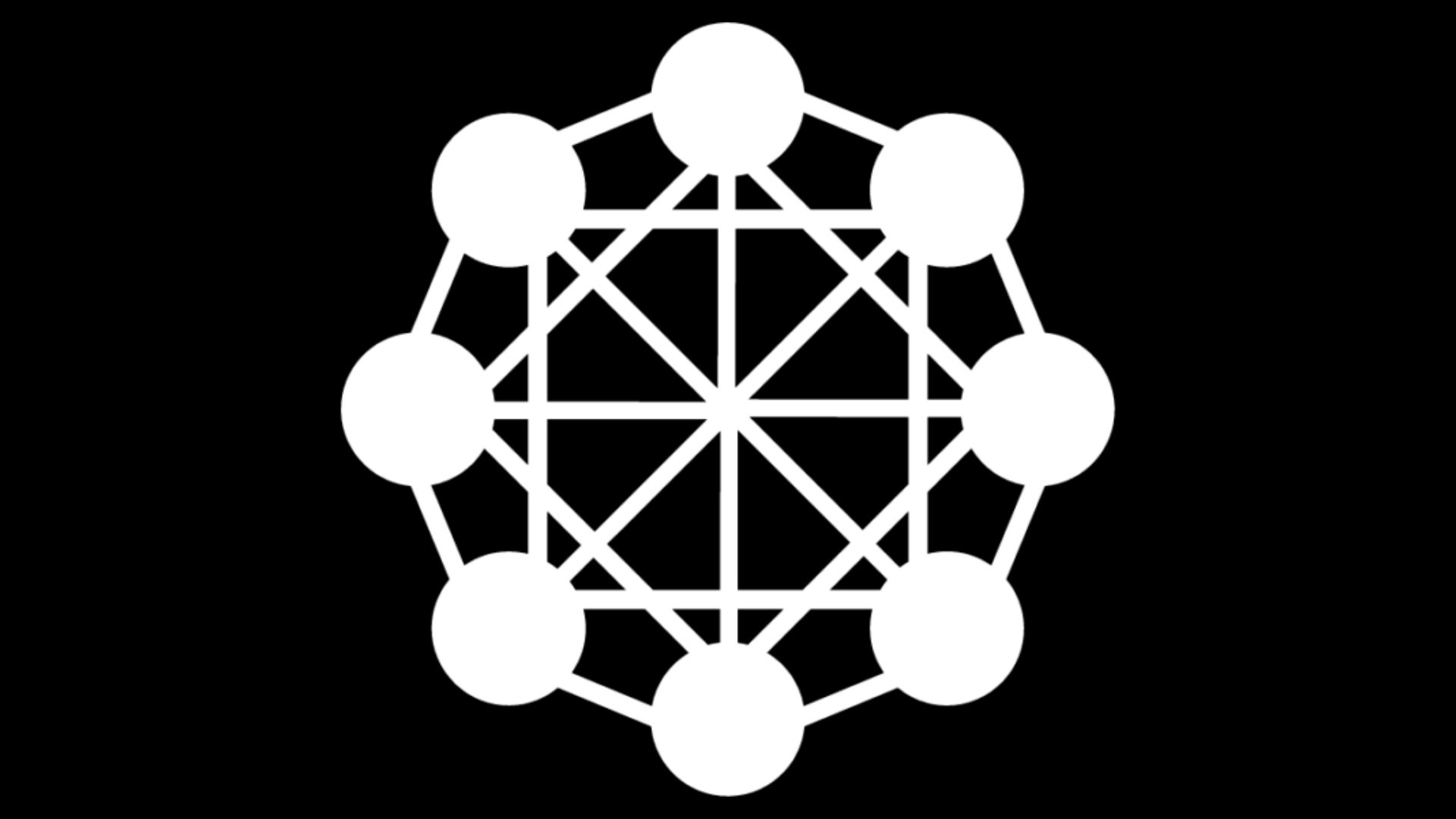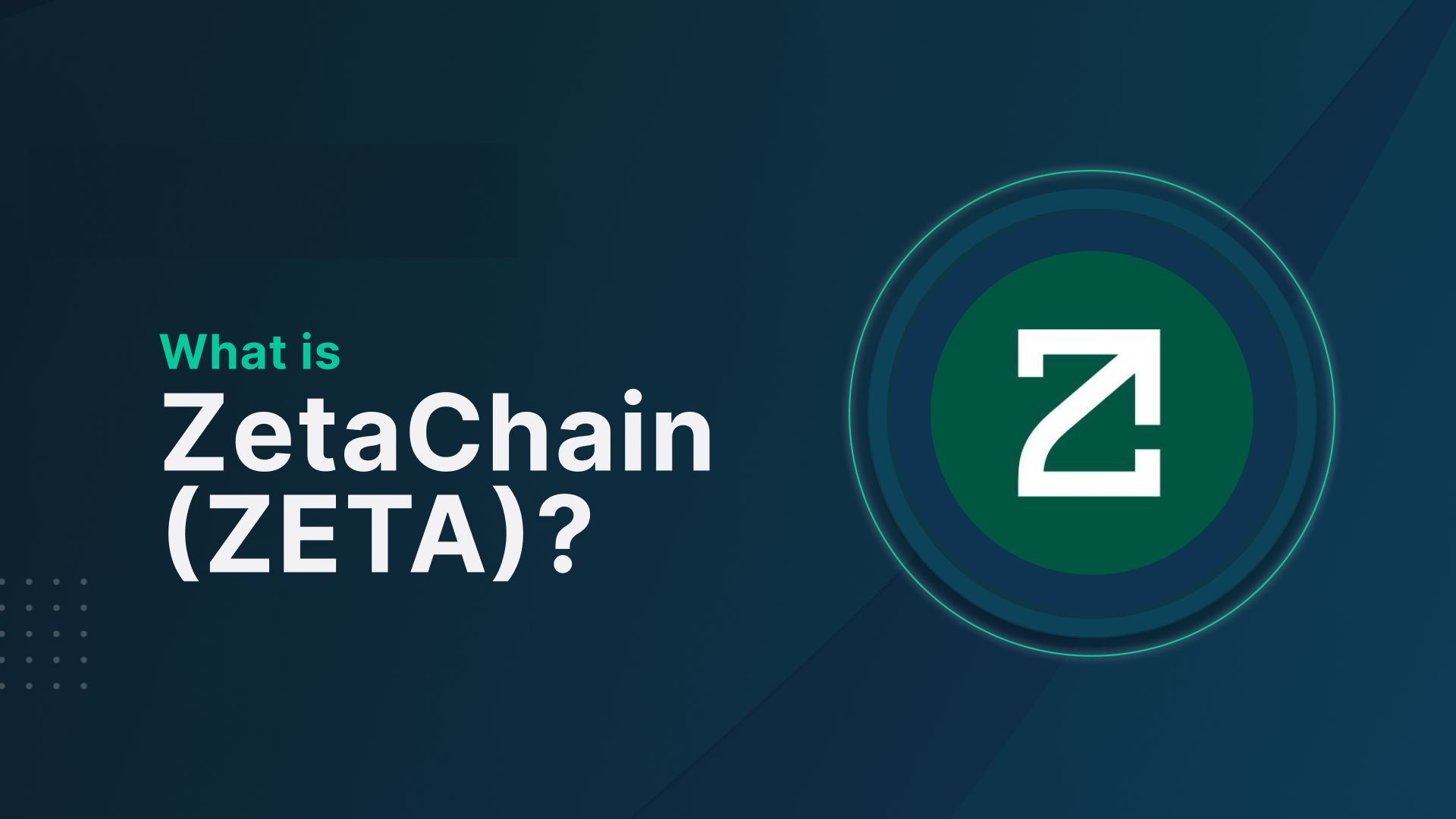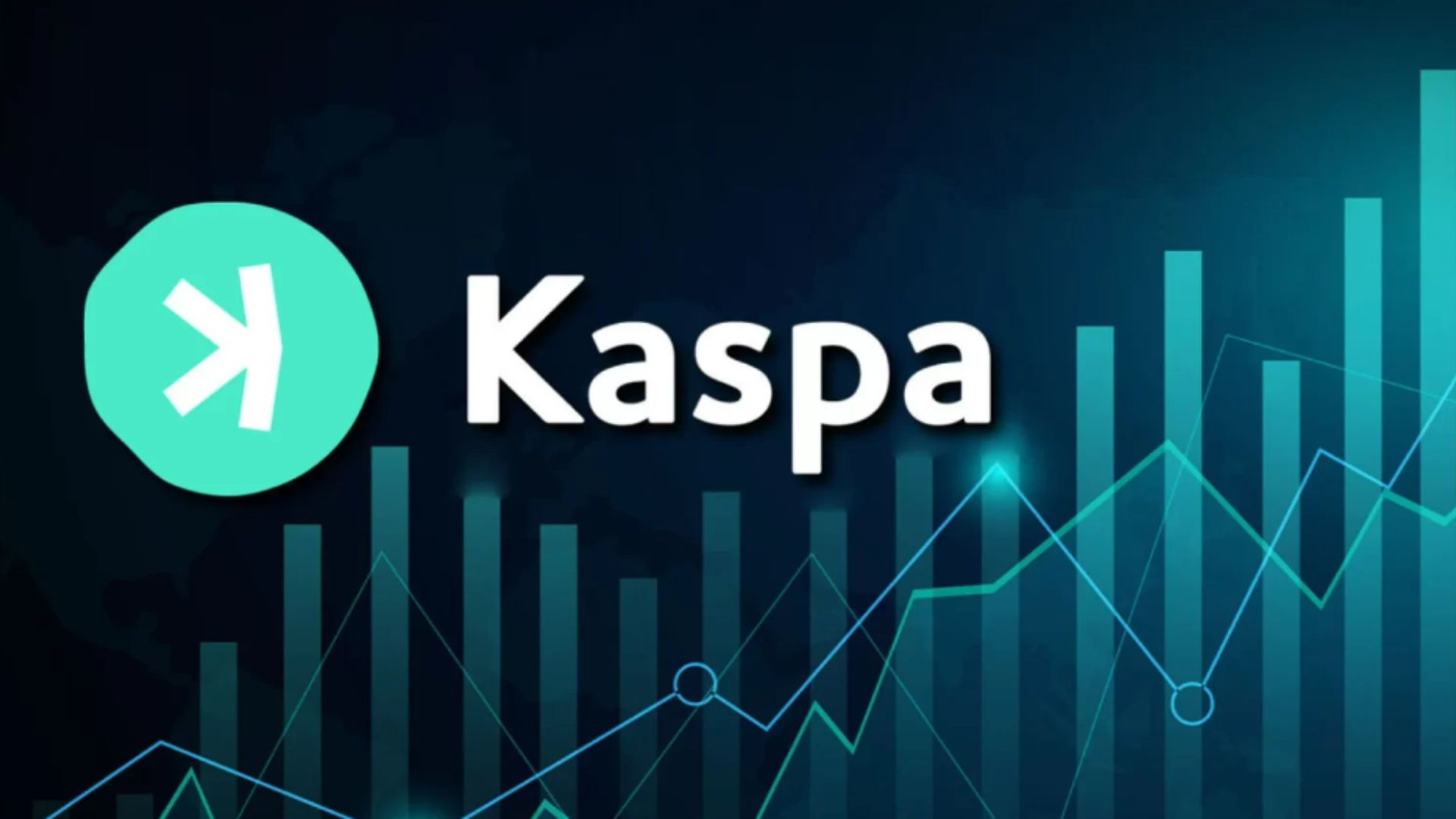What Are Appchains (Application-Specific Blockchains)?
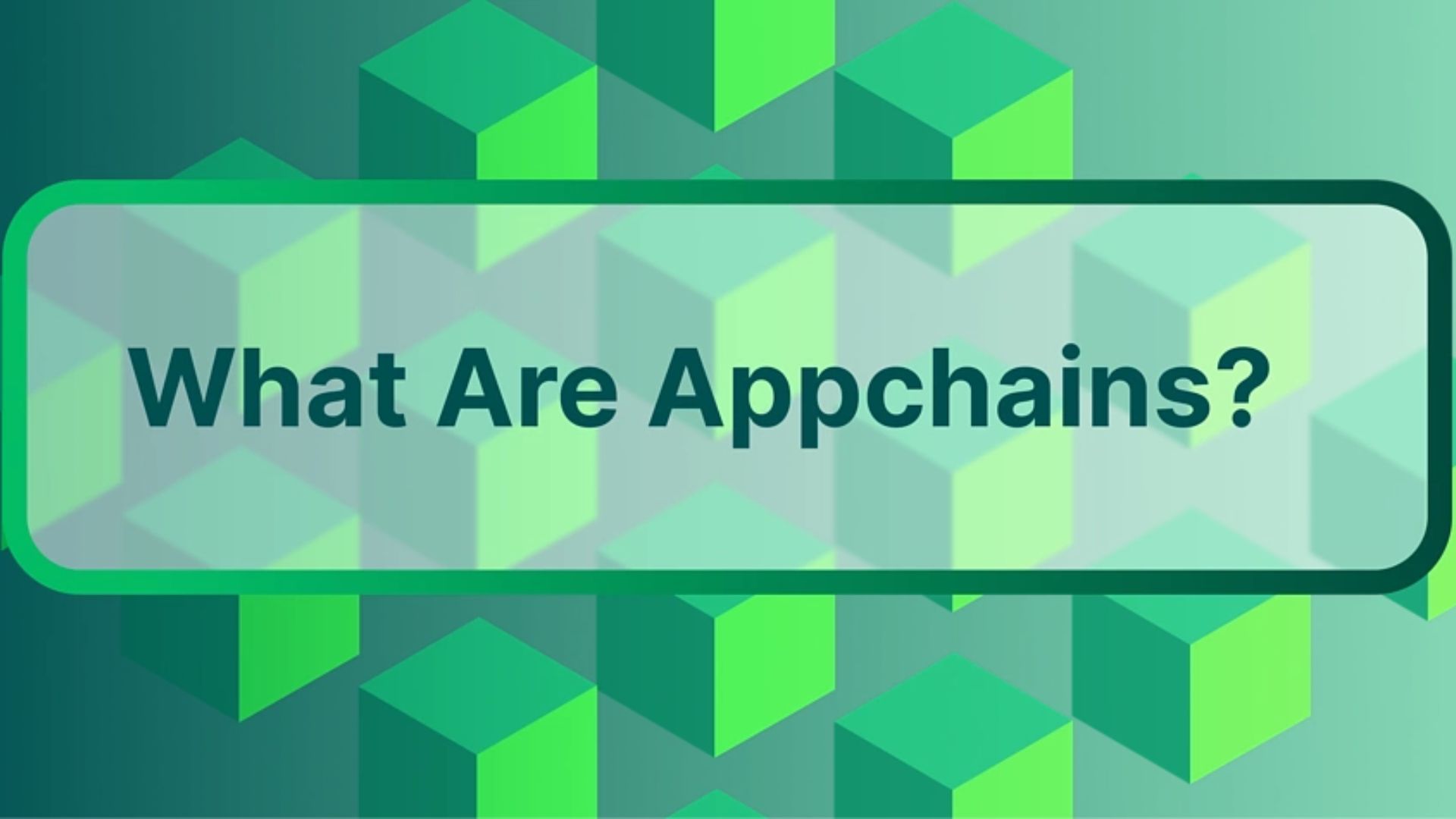
What Are Appchains (Application-Specific Blockchains)? Ethereum aimed to be more than Bitcoin, a platform for all things DeFi and tokenization, building on the foundation that Bitcoin had laid. But this plan ran into trouble when, in 2017, Ethereum’s capacity was inadequate because of the spike in usage, which caused transaction costs to skyrocket.
Many other Layer 1 blockchains, dubbed “Ethereum-killers” as Solana, were created in response to this limitation to surpass Ethereum by providing faster transaction times and confirmations while still being versatile. However, this is where things get tricky; as these platforms become more popular, they tend to exacerbate the already disorganized state of blockchain ecosystems.
The emergence of appchains is a direct result of this need to prepare for the unpredictable future of cryptocurrency. Learn about appchains, their functionality, and how they vary from other blockchain alternatives in this article.
Understanding Appchains
The sector is undergoing fast change, and general-purpose chains aren’t flexible enough to handle it. But appchains provide a specialized and agile solution, according to the protocol’s requirements. Appchains are an ingenious approach to leverage the power and familiarity of existing systems while also incorporating state-of-the-art technologies.
The performance, security, and governance requirements of an application may be precisely adjusted with appchains, in contrast to multi-purpose blockchains that aim to be a one-size-fits-all solution. For applications that demand high throughput, security, or unique functionality, appchains are the way to go because of their specialization, which leads to more efficient processing, less congestion, and lower transaction costs.
By honing in on a particular use case or group of use cases, appchains may adapt to the dynamic nature of blockchain technology and its applications while remaining sustainable and future-proof.
How Do Appchains Work?

Working on appchains can get quite technical quickly. For the scope of this article, we will simplify the explanation.
Functionality
Simply said, appchains are one-of-a-kind settings that are optimized for the specific application they support. They can optimize all aspects, from security protocols to transaction processing, for that particular application because of their specialty. This necessitates a tailored strategy for managing transactions, executing smart contracts, and overseeing the network as a whole. When it comes to efficiency and performance, appchains have it all covered, unlike traditional blockchains that have to cater to a wide variety of applications.
The Backbone of Appchains
In most cases, appchains run on top of preexisting Layer 1 (L1) blockchains like Ethereum. Layer 1 appchains, on the other hand, can keep some autonomy by connecting to a Layer 0 protocol, such as Cosmos. Layer 0 provides the necessary infrastructure and compatibility for Layer 1 appchains to communicate and coexist in a wider ecosystem.
Consider Immutable as an example. One layer 2 scaling option for Ethereum, immutable zkEVM is designed specifically to support blockchain-based games. Think of it as an appchain for gaming on Ethereum. However, The poor throughput of Ethereum means that it cannot sustain fast-paced gameplay on its own. Therefore, gaming studios can avoid Ethereum’s intrinsic constraints by deploying games on Immutable’s gaming-focused appchain.
Benefits of Appchains
To address specific issues, developers create appchains, which are blockchains with a specific purpose. Keep in mind that these advantages aren’t universally applicable to appchains. It is theoretically possible for a developer to create an appchain with the express goal of blocking interoperability.
Modularity
The architecture and design of appchains are what make them modular. Blockchains that serve multiple purposes, such as Ethereum, often have a single, overarching design. This implies that their standards and regulations are sometimes rather strict, making it difficult to implement changes quickly without impacting the entire network. From tokenomics to consensus processes, developers have full control over the blockchain’s mechanics thanks to appchains’ modular architecture. The developers of the dApp can adjust each layer to meet its needs. The five levels of an appchain are as follows:
-
Network layer: The foundational layer that manages peer-to-peer networking, allowing nodes to communicate, share data, and validate transactions.
-
Application layer: Hosts the actual applications that run on the blockchain, providing the necessary interfaces for developers to create and manage dapps.
-
Data layer: Responsible for the organization and storage of all data, including the state of the blockchain, transaction details, and smart contract data.
-
Consensus layer: Implements the consensus algorithm of the appchain, which could be any variant like Proof of Work, Proof of Stake, etc.
-
Smart contract layer: automates, verifies, and enforces the negotiation or performance of a contract.
By separating the application and data layers from the security layer, appchains provide a modular way to scale without having to launch new chains. This allows for optimization while still utilizing security features that have been proven in previous versions.
Scalability
Appchains are blockchains that focus on a specific function or job. For their intended use, this makes them very scalable in terms of speed and cost. Having a dedicated or distinct mempool is a crucial component of appchains that allows them to scale. The fact that dYdX has now moved to the Cosmos ecosystem makes this very evident.
Many people use dYdX, a decentralized exchange, to trade perpetually. Upon initial launch, the team had no choice but to implement a hybrid model. Users’ cash was stored via smart contracts, while the order book management was handled by centralized servers. The team did not discover the correct infrastructure solution at the time, which led to scalability concerns, which limited the DEX’s ability to process over 1,000 orders every second. However, The DEX recently introduced the dYdX chain, an appchain for the dYdX decentralized application (dApp), and transitioned to the Cosmos ecosystem with dYdX V4. Because of this, the dYdX was able to achieve full decentralization while still maintaining great scalability.
Interoperability
There is a lot of silos in the blockchain ecosystem. Users are confined to specific blockchains, such as Bitcoin and Ethereum. If an Ethereum user wants to use Solana or Bitcoin, they may have to go through a maze of intermediaries. Appchains are often self-contained, but they are nonetheless built to be interoperable and facilitate quick and secure asset transfers between decentralized applications.
Users may easily trade assets on many decentralized exchanges with ParaSwap, a DeFi aggregator appchain. Also, Users can save time manually searching for the best swap rates across multiple DEXs or blockchain networks.
Appchains vs. Other Blockchain Solutions
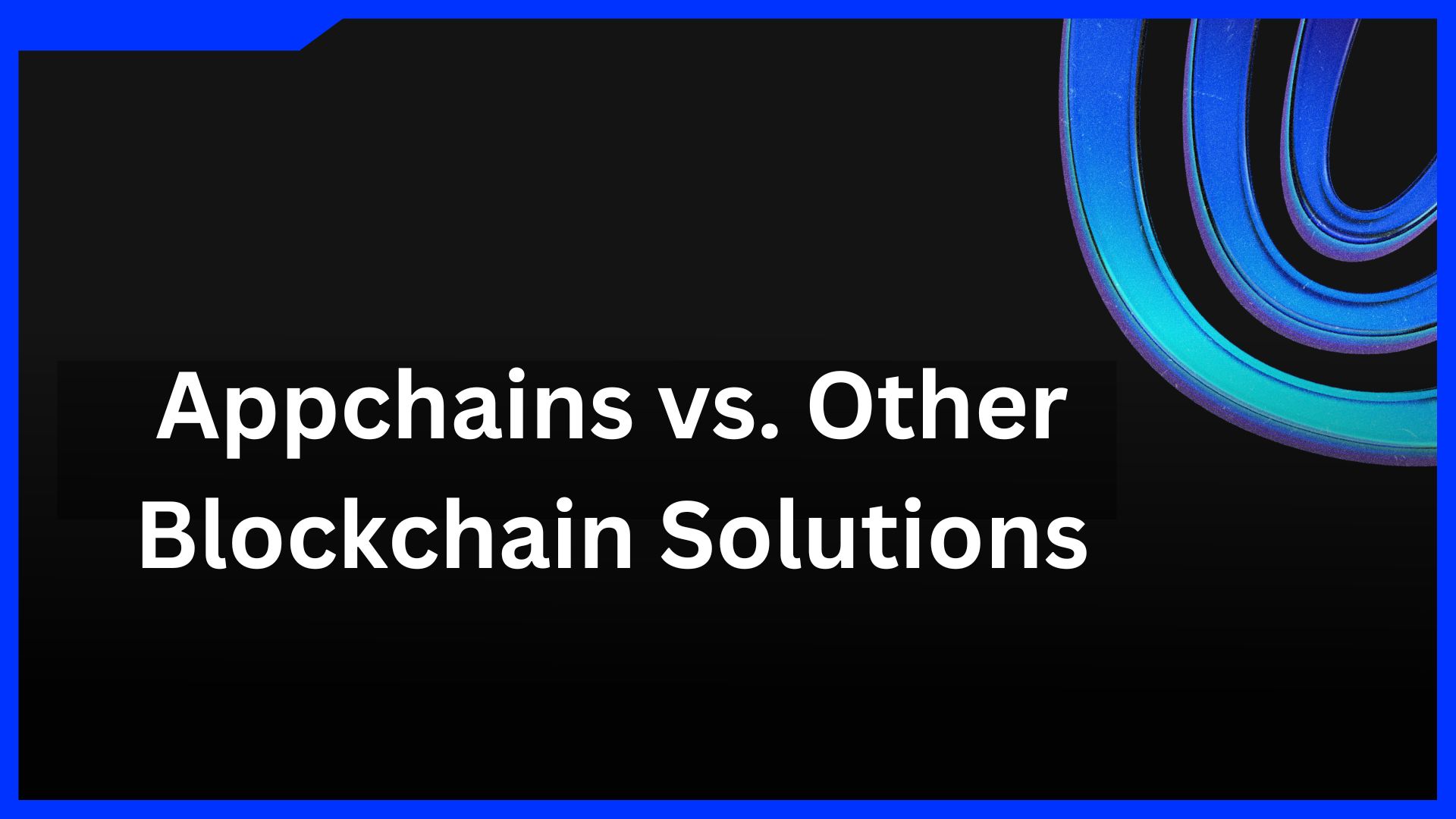
When compared to other blockchain technologies, appchains don’t stand out too much. A layer 1 blockchain (like Theta Network) or a decentralized application (dApp) (like Osmosis) are two extremes of what might be considered an appchain. If a blockchain is designed with a particular use in mind, it can be called an appchain. For decentralized applications (dApps) like DEXs, games, or NFT markets to run well, the network must be tailored to their specific needs.
Examples of Appchains
An appchain is a tool you’ve likely used if you’ve been doing any kind of transaction, dealing with smart contracts, or investigating the DeFi environment. Here are a few instances of appchains in action.
Polkadot Parachains
In the Polkadot ecosystem, there are several blockchains called parachains. The primary Relay Chain connects these parachains, allowing them to collaborate and share security. Parachains are extremely adaptable because each one can have its unique tokenomics, governance frameworks, and features.
Cosmos Zones
From decentralized finance (DeFi) to video games, the Cosmos network has you covered with zones, which are decentralized blockchains that link to the Cosmos Hub. These zones offer a great deal of flexibility and independence, much like appchains. However, For interoperability, they employ the Inter-Blockchain Communication (IBC) protocol, which allows for the smooth transmission of data and tokens inside the Cosmos ecosystem.
Avalanche Subnets
Each Avalanche subnet has a group of validators that reach a consensus on the status of a group of blockchains; this allows for the creation of specialized, application-specific blockchains. Subnets in Avalanche offer a great deal of scalability and flexibility thanks to the fact that they can run on separate virtual machines and have their groups of validators. The design of blockchain technology allows for the customization of rules and parameters to suit the needs of certain users.
Conclusion
The creation of appchains, which provide efficient, individualized solutions in a rapidly evolving market, is a watershed moment in the history of blockchain technology. Appchains, which are application and use-case-specific, drive innovation, scalability, and sustainability. As a result, the blockchain ecosystem can continue to meet the varied demands of its users and programmers.
The appchains are likely to be developers’ priority as more use cases for web3, DeFi, and digital assets come to light. An application-specific blockchain can manage everything, from NFT games to CBDCs.

